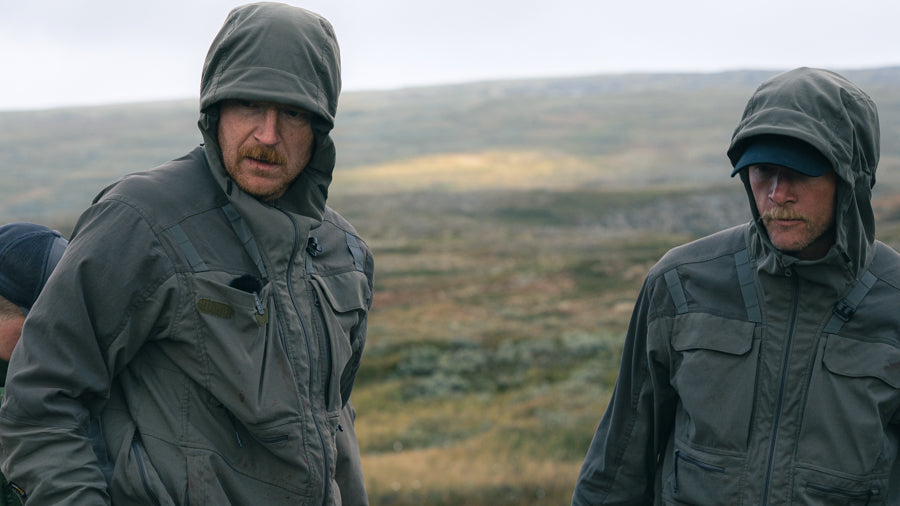
9 tips for a successful bear hunt
1. Stand Selection
Try as far as possible not to get a permanent passport in, for example, a tower when hunting bears. For many years I have tried to promote mobile passports, or rather areas of responsibility in bear hunting. Bears do not always come in the same place as the moose and therefore it is better to be flexible. If the bear is allowed to choose, it often comes to shelter, ie after densely vegetated streams or young forest.
2. Communicate with your foster neighbors
In order for point 1 to work for a safe bear hunt, communication is required. As long as you can communicate with your pass neighbors, you can also move without exposing anyone to risks in connection with firing shots at bears. Get ready early with your pass neighbors where you will be staying, (for example from the power line and east along the road to the next junction). Then everyone knows where they have nothing to do.
& nbsp;
3. Aim to have about 15-30 m to the bear
Sometimes the bear is far ahead of the dogs, 10-15 minutes and then it is obviously difficult to care for. My advice then is to place yourself where a stream crosses the road you might be following. At the same time, try to keep track of as long a distance as possible, in this way you will at least see that it is the bear that is being hunted. When hunting bears, however, the bear and the dogs usually come quite close together and you can work out quite quickly where it will pass you. & nbsp; When bear hunting, I usually strive to have about 15-30 m to the bear when it passes my pass, if the distance is longer, it can be difficult to find a chance to shoot if the dog / dogs are close to the bear. The bear can in some cases sound quite loud when it comes and it can give a good indication of where it will pass, my first thought what the sound is like it is a horse at full speed on the trotting track. A loud panting sound that can be heard several hundred meters. & nbsp; 
4. Largest possible hit area
& nbsp;
When shooting obliquely from the front under bear hunting I keep in the neck fold where neck and shoulder meet. When shooting at a bear straight from the front, the bear's head hides the "sting hole" that you are so happy to shoot at moose, on some occasions I have been looking for bears that are shot in the back of the nose due to straight shots. These searches are seldom simple as the bear often goes far after the shot. On the other hand, shots that are fired at close range can be fired just behind the ears to the hump, which results in the bullet ending up in the hit area obliquely from above and at best shooting off the spine of the bear. & nbsp;5. The main features of bear hunting
6. Dogs and tracks
& nbsp;
It's incredibly much harder & nbsp; to see where things went wrong with 2 & nbsp; dogs & nbsp; loose in the track than 1 dog. Is the track about 1-4 hours (or seems to smell good for & nbsp; hunden ) I usually first release 1 dog, when I see that it has reached 500 m-1 km and maintains good speed without problems, I release the next dog. In this way, & nbsp; hund & nbsp; No. 1 chance to keep track of the track until it becomes even newer, and the newer the track the greater the chance of bear hunting.




Leave a comment (all fields required)